
The #1 silent sign your kidneys are in trouble (and it’s not your urine)
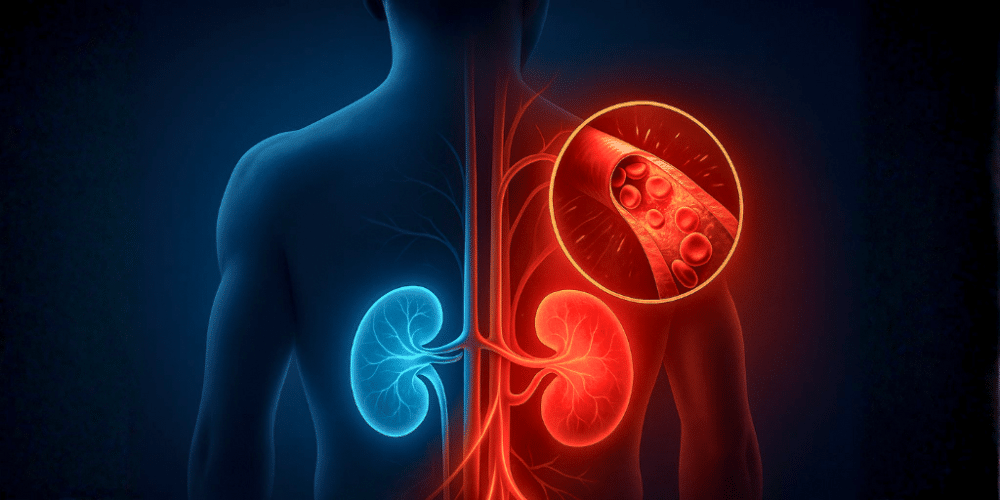
Have you ever glanced into the toilet bowl and wondered what your urine might be saying about your health? Maybe you’ve noticed it turning a fluorescent yellow after taking vitamins or appearing unusually foamy one morning. Most of the time, these things are harmless — but occasionally, they can whisper the first clues of something deeper.
And here’s why you should care: kidney disease is one of the fastest-rising silent epidemics worldwide. Millions of people are losing kidney function every year without realizing it until it’s far too late. This isn’t meant to scare you — it’s meant to empower you. By learning to interpret the small signs your body gives you, you can take steps today that protect your kidneys for the rest of your life.
Why You Should Never Ignore the Subtle Clues
Changes in your urine — its color, texture, or frequency — are signals that your body is constantly sending. But the single most important early sign of kidney stress isn’t always visible. It’s something most people shrug off as “normal aging”: persistent high blood pressure.
In this article, we’ll decode the visual and invisible clues your body gives you, explain what’s truly happening inside your kidneys, and show you the small, practical steps you can take to keep them strong. Remember this startling fact: 9 out of 10 people with chronic kidney disease don’t know they have it.
You don’t have to be one of them.
Key Takeaways
-
The #1 Sign: Persistent high blood pressure is the earliest and most reliable warning that your kidneys are under stress — long before other symptoms show.
-
Urine Clues: Foaminess, color changes, and unusual frequency are valuable hints your kidneys are sending about how well they’re filtering.
-
Silent Damage: Kidney decline is often invisible for years. Once your filtering units (nephrons) die, they cannot regenerate.
-
Prevention Is Power: Managing blood pressure, avoiding risky medications, and eating a balanced, kidney-friendly diet are your best defenses.
1. What Your Toilet Bowl Can (and Can’t) Tell You
Before you flush, take a second look — seriously. The toilet bowl can be your first diagnostic tool.
A healthy adult typically urinates four to eight times a day, producing around 1.5 liters of urine from about two liters of daily fluid intake. Deviations from this pattern can be meaningful.
If you’re urinating less than half a liter per day, it could point to severe dehydration or kidney dysfunction. On the other hand, going to the bathroom constantly might signal something else — excessive caffeine, diuretic use, or a high-salt or high-protein diet.
But here’s the part most people miss: frequent nighttime urination can be an early sign of pre-diabetes or diabetes. When blood sugar rises, your kidneys work overtime to flush out the excess glucose, pulling water along with it. This leaves you both dehydrated and fatigued — two classic yet overlooked red flags.
Tip: If you notice that you’re waking up multiple times a night to urinate, or if your urine output seems mismatched to your fluid intake, it’s worth discussing with your doctor.
2. The Mystery of Foamy Urine — When Your Filters Start Leaking
A few bubbles in the toilet are nothing to worry about. But persistent, thick foam that lingers could mean your kidneys are leaking protein — a condition called proteinuria.
Think of your kidneys like ultra-fine coffee filters. When they’re healthy, they let waste products pass while keeping essential proteins in the bloodstream. But when the filters (called glomeruli) are damaged — often by diabetes, high blood pressure, or inflammation — proteins like albumin start to slip through, creating foam that stays on the surface.
Here’s a simple way to understand it: you can’t froth plain water, but you can froth milk. The difference is protein.
While eating too much protein doesn’t directly cause proteinuria, a consistently high-protein diet can make the kidneys work harder, increasing urea production and potentially causing strain or dehydration over time.
If your urine is foamy regularly, it’s not something to ignore. A simple urine test can confirm if protein is leaking — an early sign of chronic kidney stress long before blood tests show abnormalities.
3. Decoding Your Urine’s Color, Smell, and Acidity
Color can reveal a lot about what’s happening inside your body:
-
Clear or very pale yellow: You’re well-hydrated — sometimes too hydrated if it’s completely clear all day.
-
Bright yellow: Usually harmless, often caused by vitamin B2 (riboflavin) supplements.
-
Dark amber or honey-colored: Dehydration — drink more water.
-
Pink, red, or cola-colored: Possible blood in the urine — could mean infection, kidney stones, or in rare cases, cancer.
-
Brown or tea-colored: May indicate old blood or bilirubin from liver issues.
Your diet also shapes your urine’s acidity. High-protein, meat-heavy diets produce more acid, which your kidneys must filter out. This acidic load can increase your risk of kidney stones, especially uric acid stones.
Conversely, a diet rich in vegetables, fruits, and whole grains creates a more alkaline environment, reducing stone formation and easing the kidneys’ workload.
Hydration remains the simplest and most powerful protection. The more diluted your urine, the harder it is for minerals to crystallize and form stones.
4. Medications That May Be Hurting Your Kidneys
Your kidneys process nearly every substance that enters your bloodstream — including medications. Over-the-counter painkillers, especially NSAIDs like ibuprofen, naproxen, and aspirin, can quietly harm kidney tissue if taken too often.
The risk increases if you’re dehydrated, elderly, or taking blood pressure medications like ACE inhibitors or diuretics. The combination can reduce blood flow to the kidneys and, over time, cause significant injury.
Prescription drugs can also be kidney-toxic, but doctors monitor kidney function when these are prescribed. The danger lies in unmonitored self-medication — taking painkillers daily for headaches, joint pain, or sleep without realizing the cumulative damage.
Rule of thumb: If you need painkillers regularly, talk to your doctor about safer alternatives or kidney function tests.
5. Your Kidneys’ “Bank Account” — Understanding Nephrons
You are born with all the kidney filters you’ll ever have — roughly one to two million per kidney. These filters, called nephrons, remove waste, balance electrolytes, and manage water levels.
Here’s the catch: once a nephron is destroyed, it never regenerates. You can live a normal life with fewer nephrons — which is why someone can donate a kidney and remain healthy — but this resilience is deceptive. You won’t feel any symptoms until you’ve lost more than half of your filtering capacity.
That’s why kidney disease often progresses silently. By the time lab results show a drop in kidney function (elevated creatinine or reduced GFR), the damage has been ongoing for years.
6. The #1 Early Sign of Kidney Damage: High Blood Pressure
Here’s the hard truth: persistent high blood pressure is both a cause and a consequence of kidney damage.
Think of your kidneys as a network of delicate capillaries. When blood pressure is too high, it’s like forcing water through those tiny filters at excessive pressure. The vessels stiffen, the filters scar, and fewer nephrons remain functional.
As kidney function declines, sodium and fluid build up in the bloodstream, which raises blood pressure even further — a dangerous vicious cycle.
Many people assume they’d “feel” high blood pressure. They won’t. It’s called the “silent killer” for a reason. Even if you feel fine, sustained high readings over time chip away at your kidneys, heart, and brain.
By the time fatigue, swelling, or changes in urine appear, the condition is already advanced.
Pro tip: Invest in a home blood pressure monitor. Knowing your numbers and tracking them over time is one of the simplest, most powerful things you can do to protect your kidneys.
7. Taking Control — How to Protect Your Kidneys for Life
The great news? Most kidney damage is preventable with a few key habits:
-
Monitor your blood pressure consistently and aim for healthy ranges.
-
Stay hydrated but don’t overdo it; about two liters a day works for most adults.
-
Limit sodium (processed foods, canned soups, and restaurant meals are major culprits).
-
Eat a balanced diet with more plants and less animal protein.
-
Avoid unnecessary painkillers and be transparent with your doctor about all medications and supplements.
-
Maintain healthy blood sugar levels if you have diabetes or insulin resistance.
Lifestyle changes take time, but every small adjustment — like swapping processed snacks for fruit or walking daily — adds up. Your kidneys respond positively to even modest improvements in blood pressure and diet.
Final Thoughts
Your kidney health is like a credit card balance — the damage accumulates quietly until the “interest” comes due. You may not feel anything while the harm is happening, but when symptoms finally appear, the losses are often irreversible.
Don’t wait for foamy urine, swelling, or fatigue to appear before taking action. The most important signal of kidney stress isn’t in your urine — it’s in your blood pressure reading.
By keeping your numbers in check, staying hydrated, and making thoughtful choices about food and medication, you can preserve your kidneys — and your independence — for decades to come.
Remember: your kidneys are the silent workers keeping your entire body balanced. Listen to them early, and they’ll keep serving you faithfully for a lifetime.
News in the same category

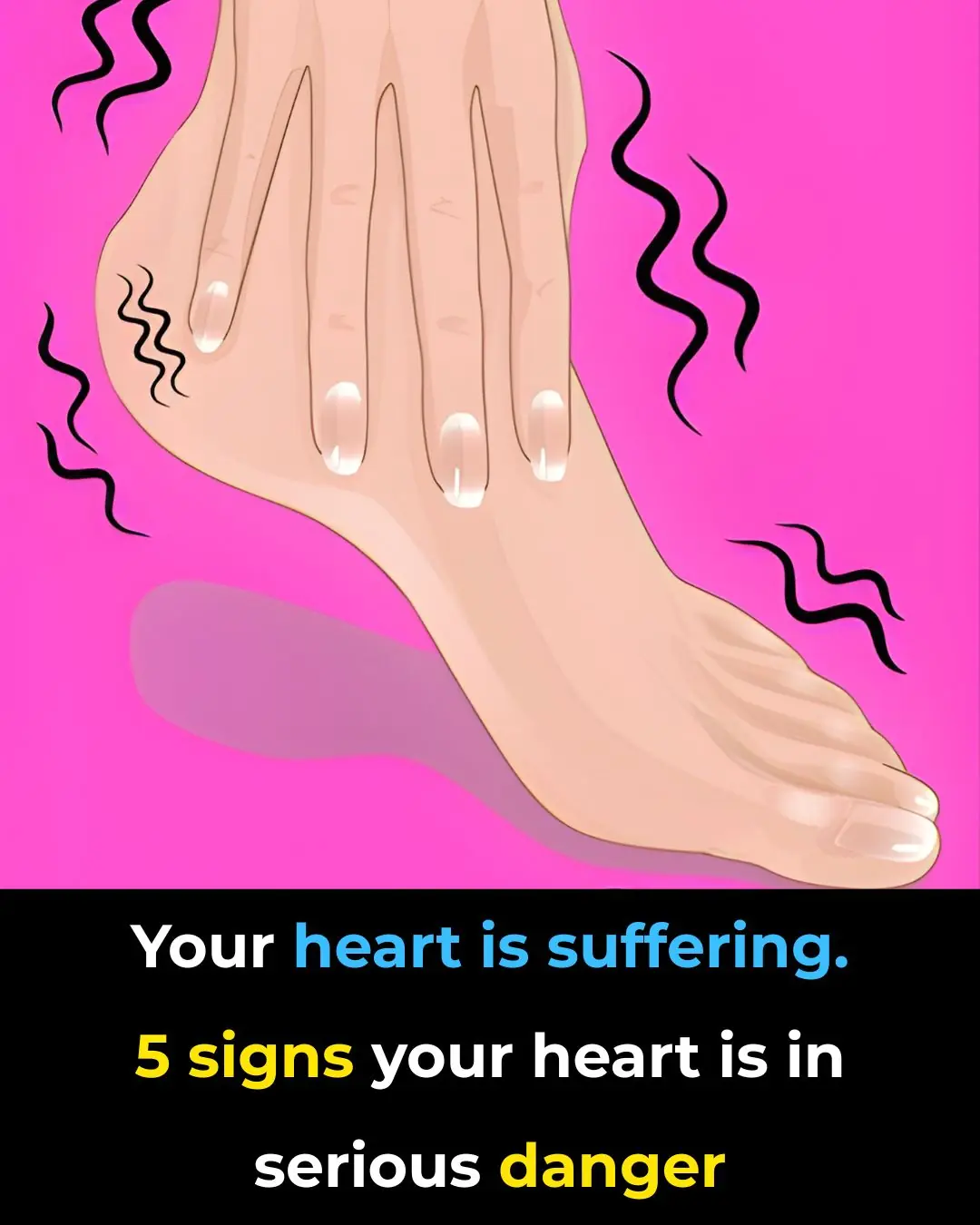
❤️ 5 Subtle Signs That May Suggest Heart Trouble – And When to See a Doctor

Eat these 3 foods to strengthen them…

Neckline Wrinkles 5 Tips to Prevent and Eliminate Them
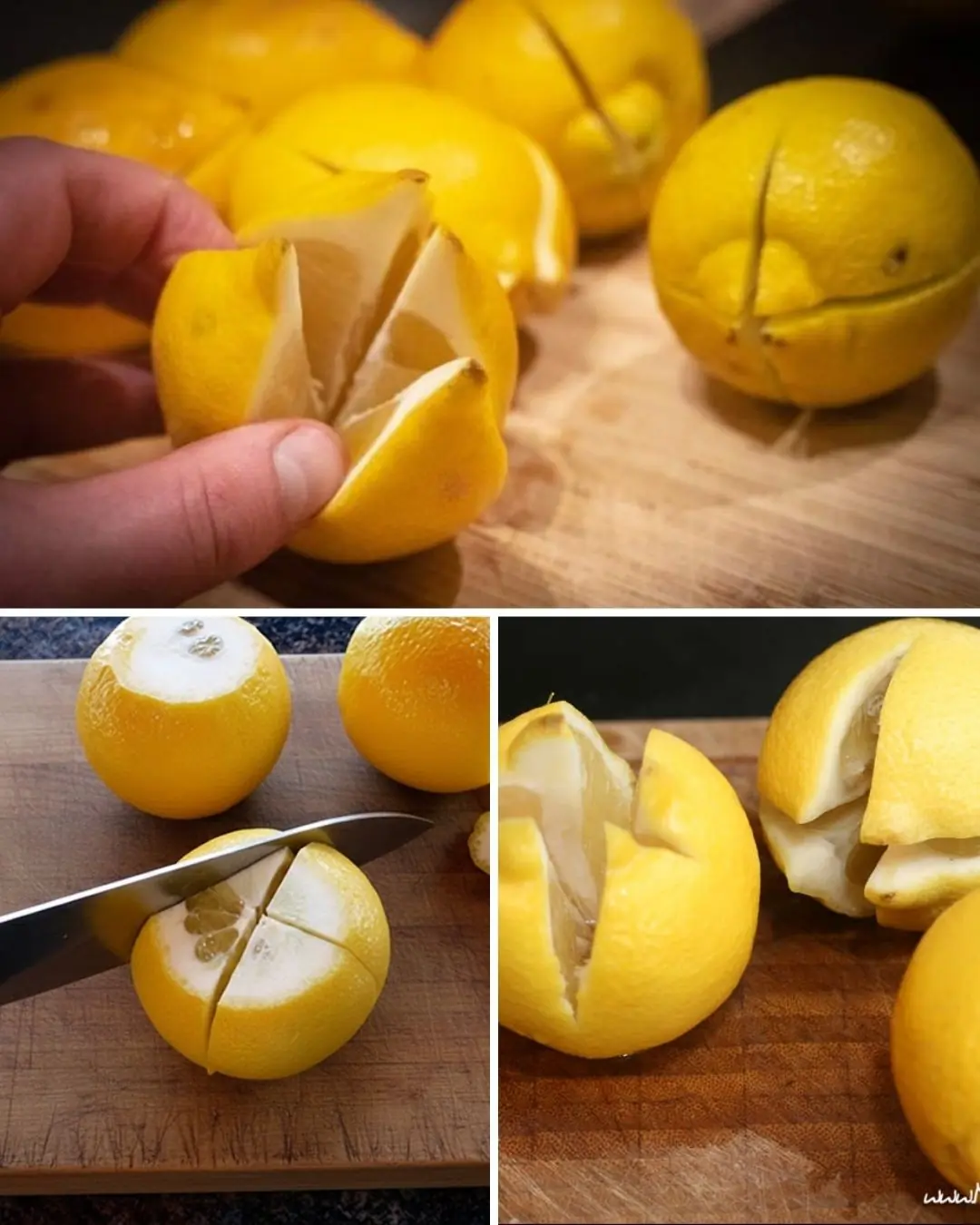
The Reason Some People Keep Lemons on Their Nightstand While Sleeping
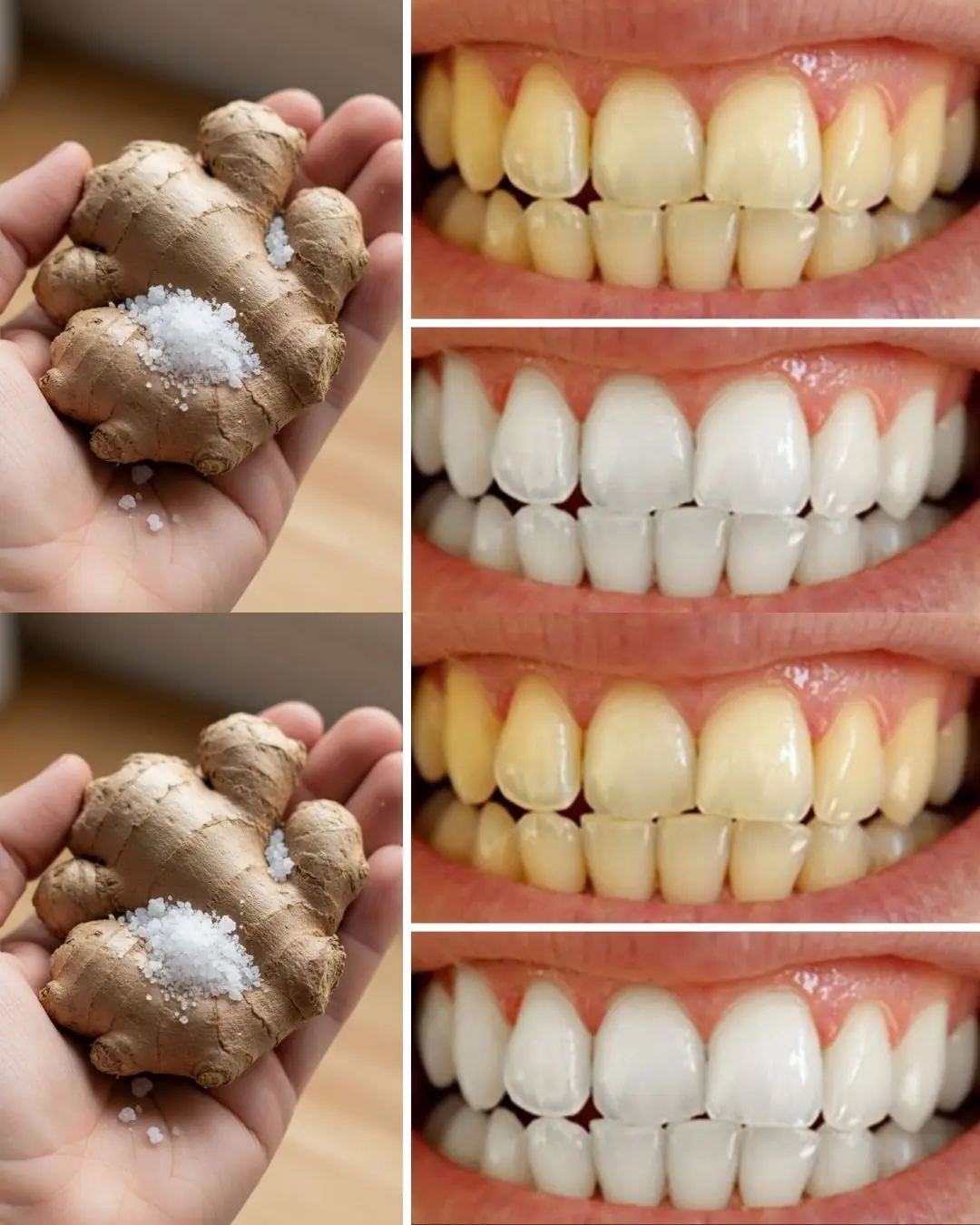
Ginger and Salt Teeth Whitening Remedy
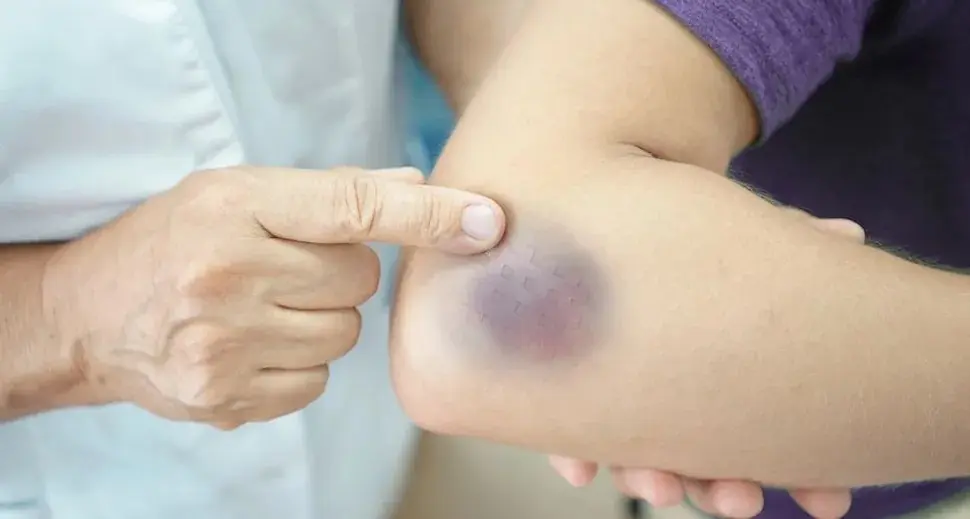
The Pain Most People Brush Off That Signals Serious Trouble
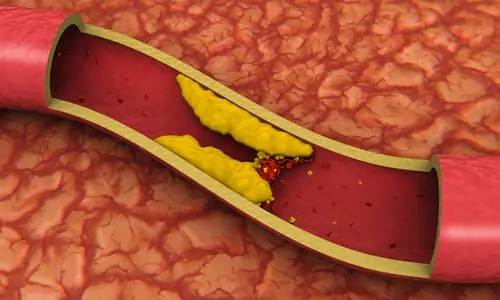
Warning Signs Your Arteries Need Cleansing and The Foods That Do It Best
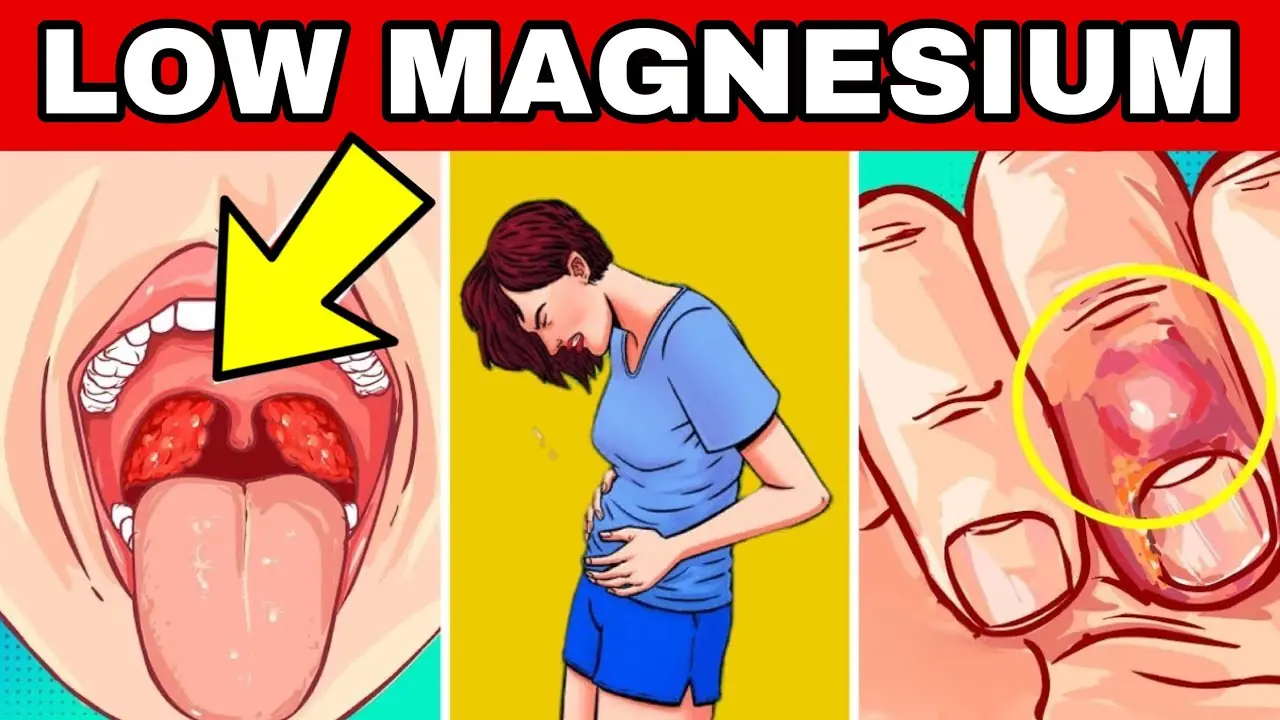
10 Warning Signs of Low Magnesium Levels and What to Do About It

The 5 fruits secretly damaging your brain after 50
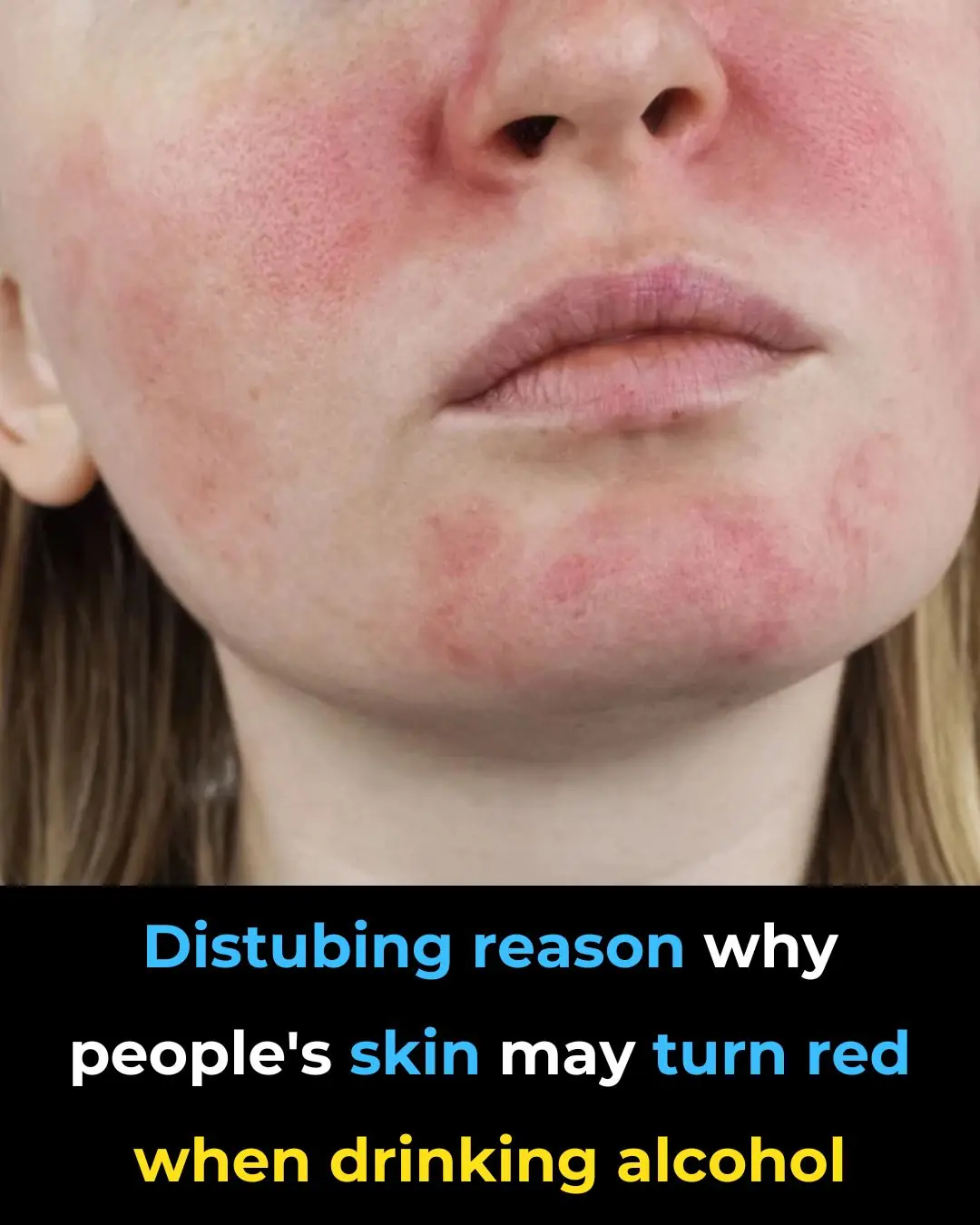
Why Some People’s Skin Turns Red When Drinking Alcohol
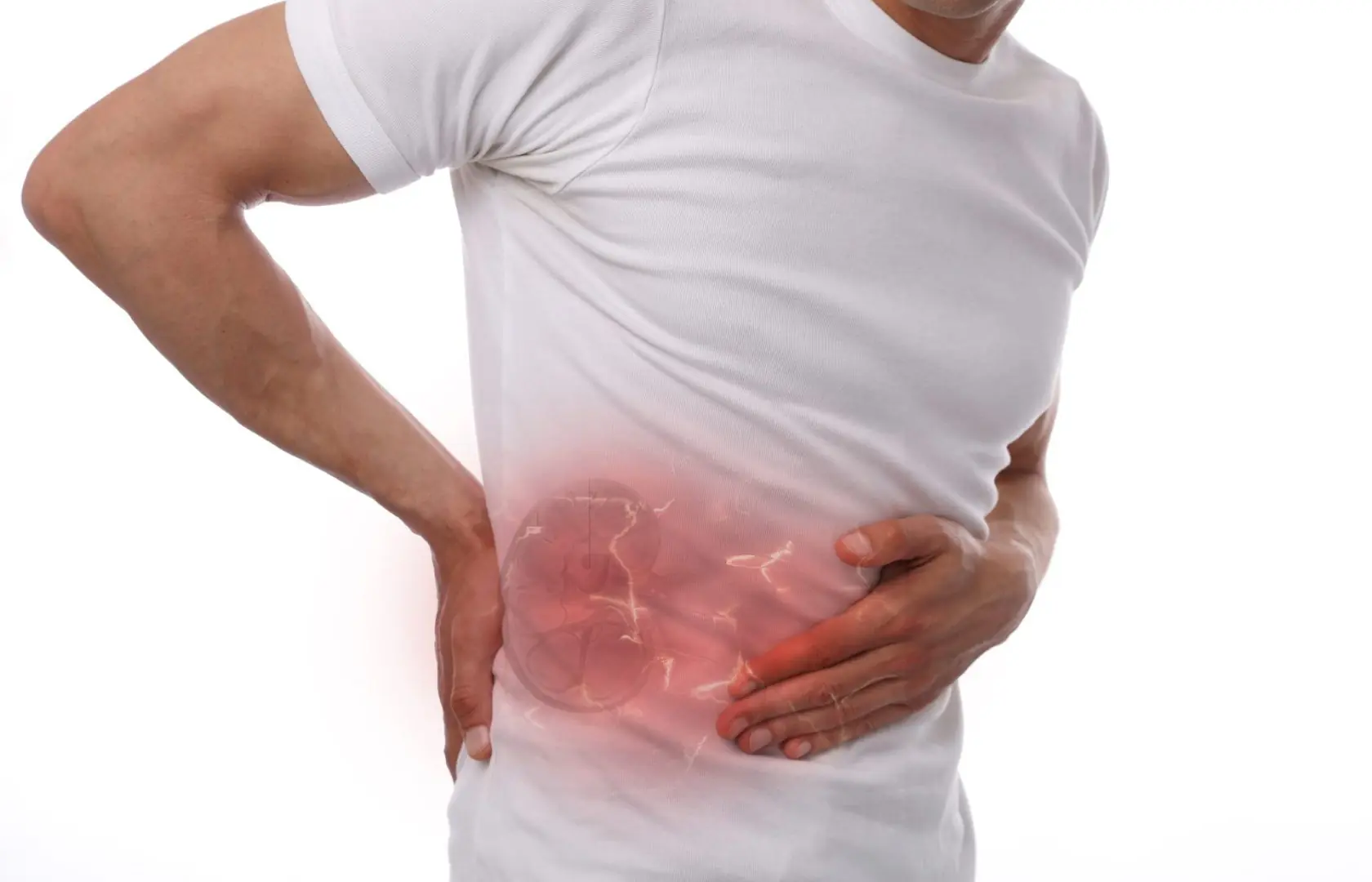
🩺 The #1 Silent Sign Your Kidneys Are in Trouble (And It’s Not Your Urine)

The 5 Fruits Silently Damaging Your Brain After 50 — And What to Eat Instead

Capsaicin: The Fiery Compound That Stops Heart Attacks and Destroys Cancer Cells
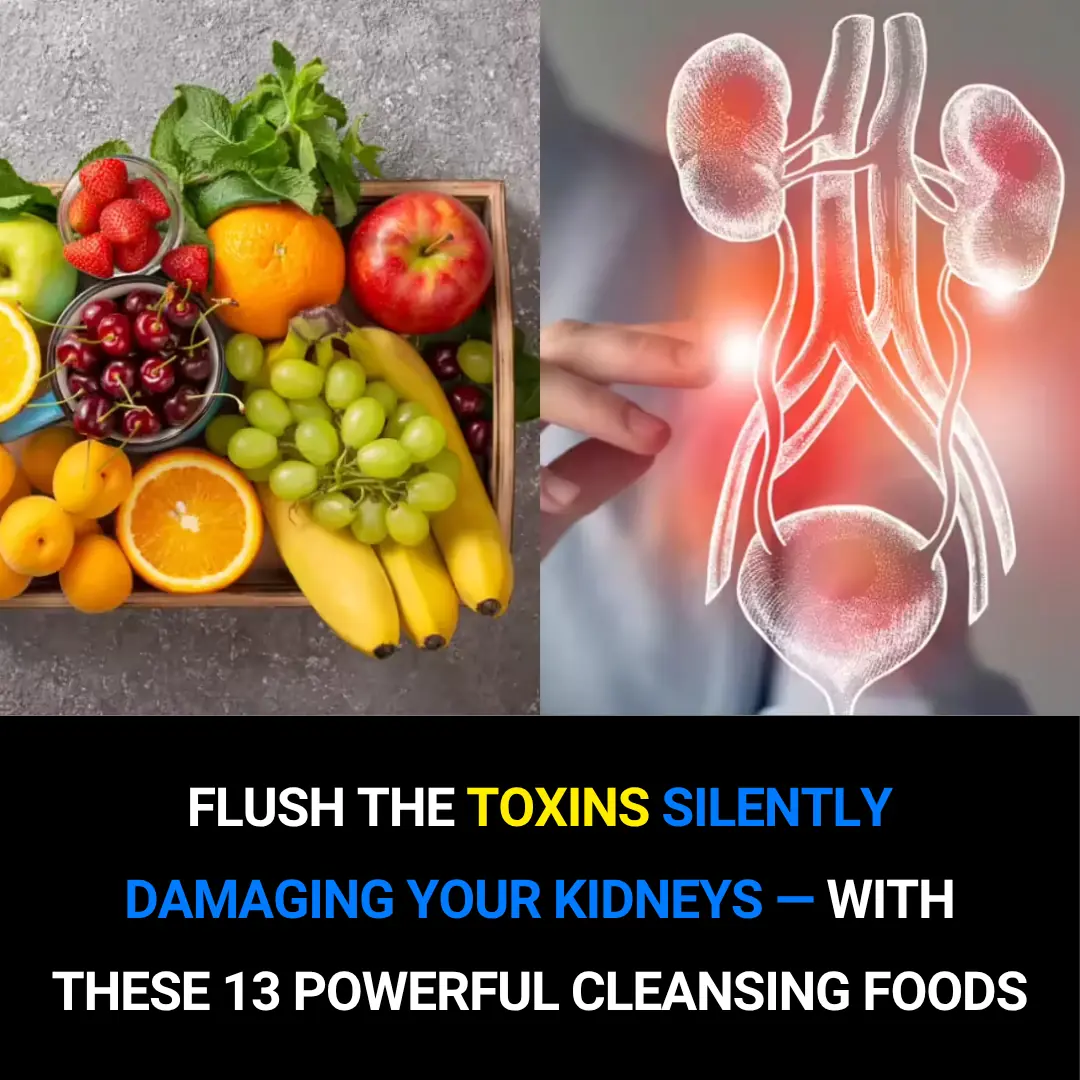
Flush Away the Hidden Toxins Damaging Your Kidneys — With These 13 Powerful Cleansing Foods
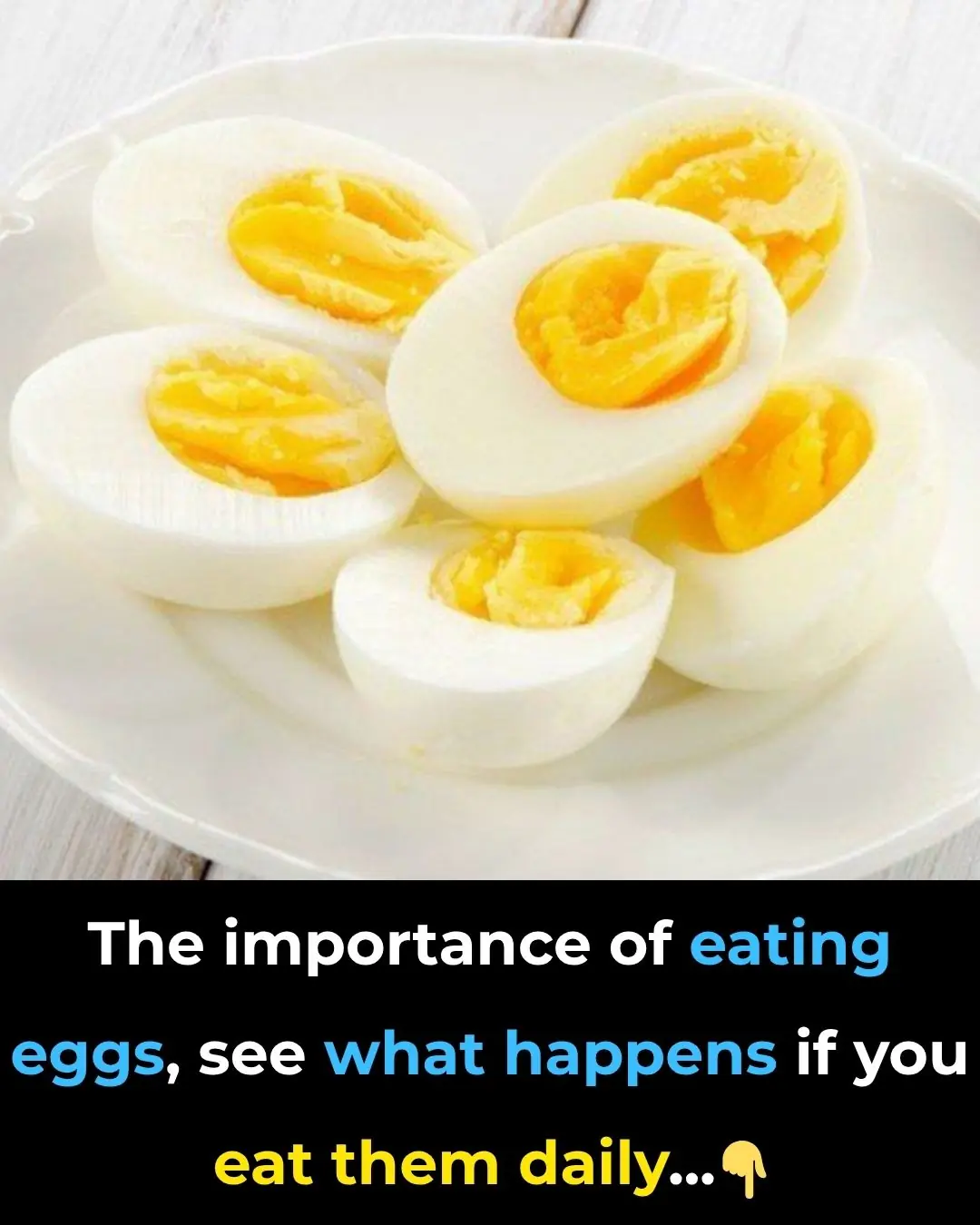
The surprising truth about eating eggs every day

Why You Should Stop Waking Up to Urinate
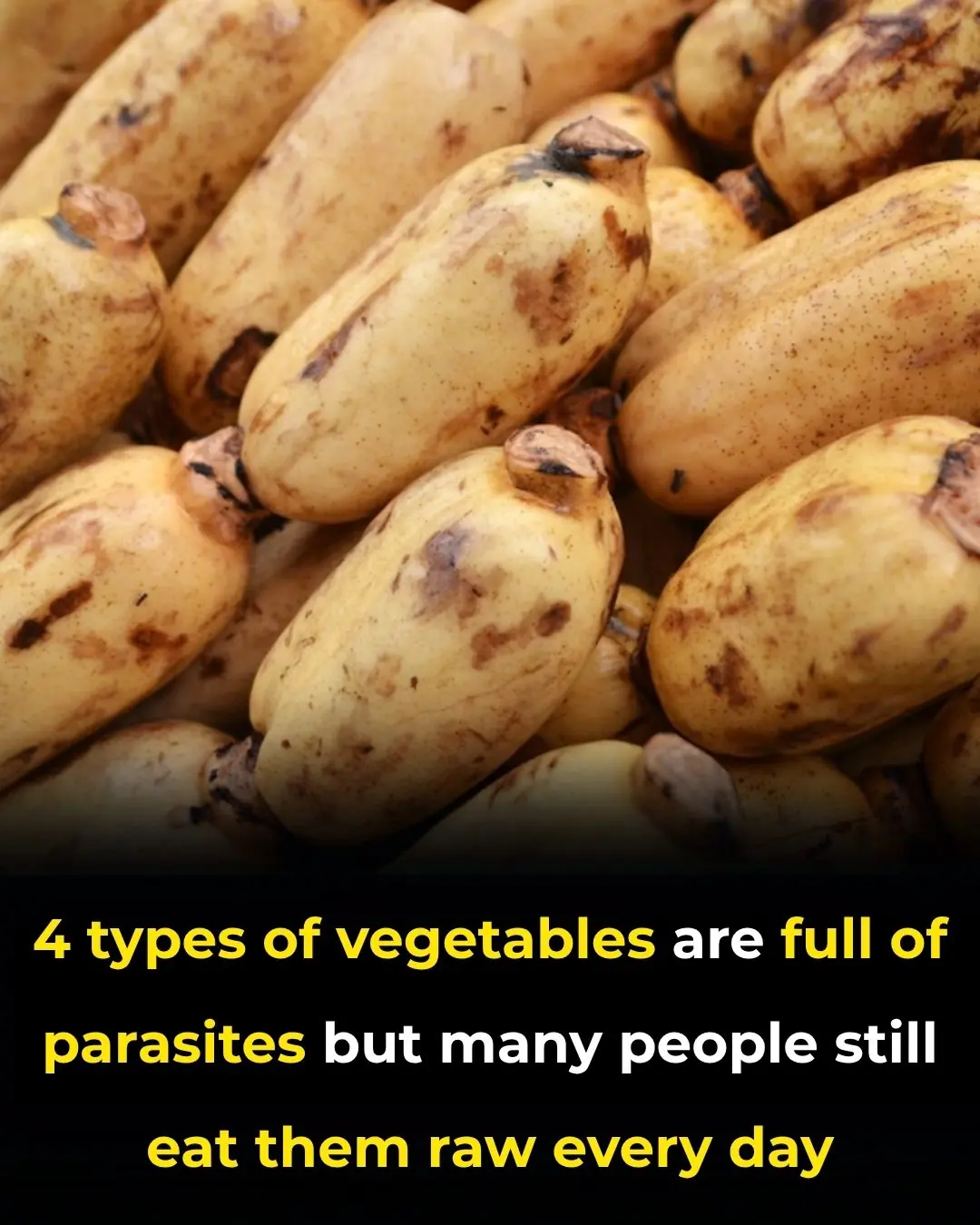
4 types of vegetables are full of parasites but many people still eat them raw every day
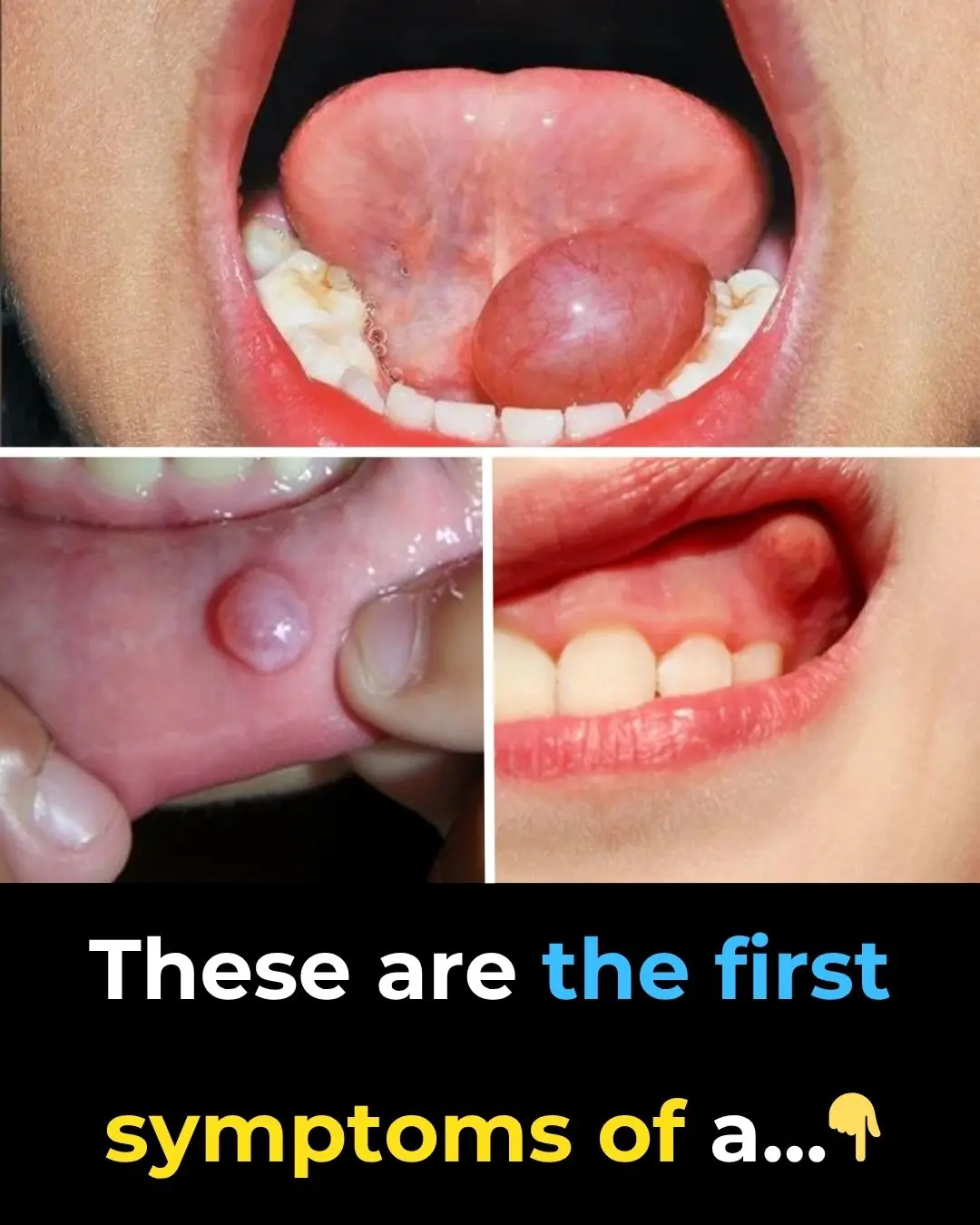
Hidden Dangers in Your Mouth: Early Signs of Oral Cancer
News Post
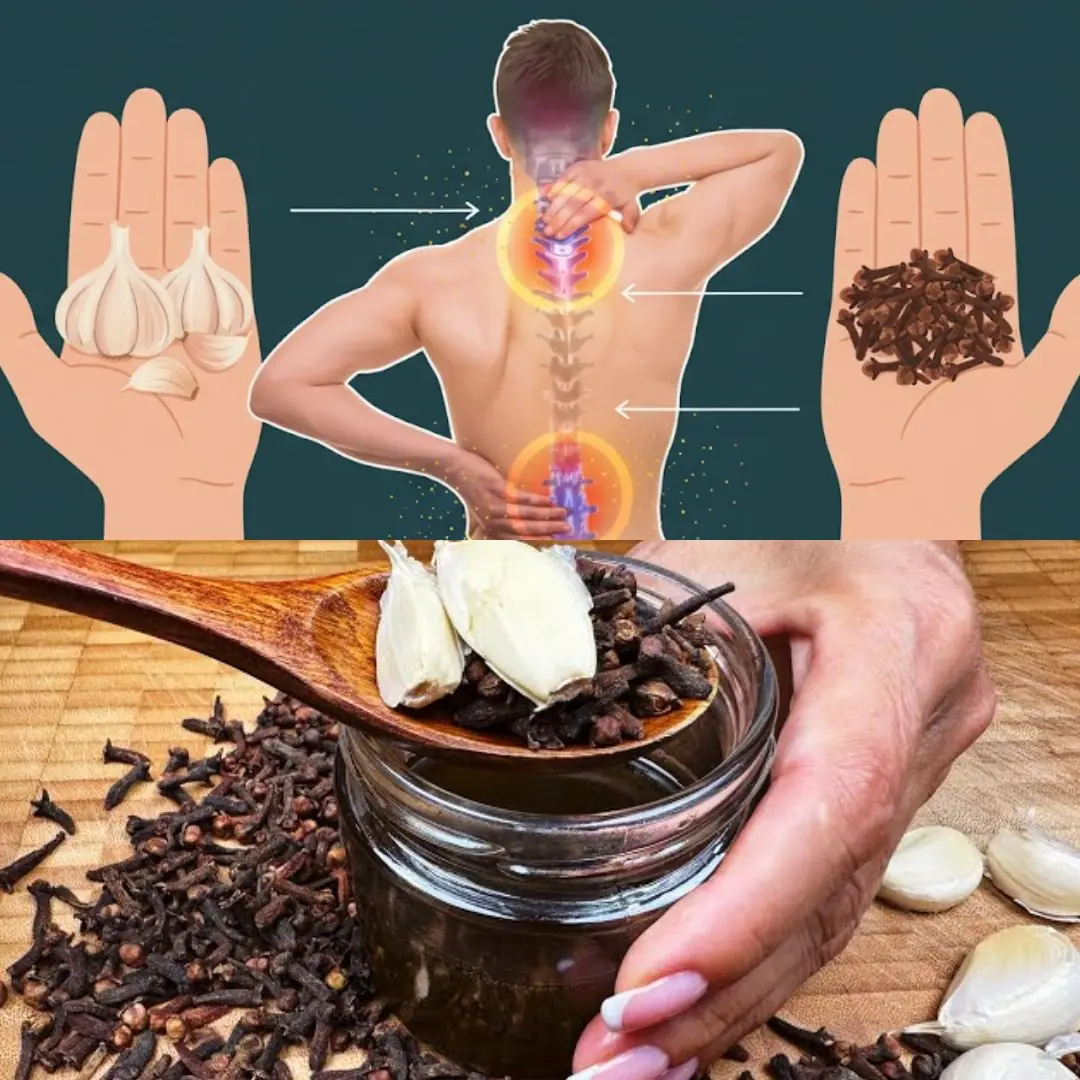
Garlic, Honey, and Cloves – a powerful natural remedy packed with health benefits

A Quiet Room, a Kind Heart, and a Pair of Shoes

From Fear to Home: A Shelter Dog’s Journey to Love

A Chance Encounter in California Reunites Hero and the Boy He Saved 13 Years Ago
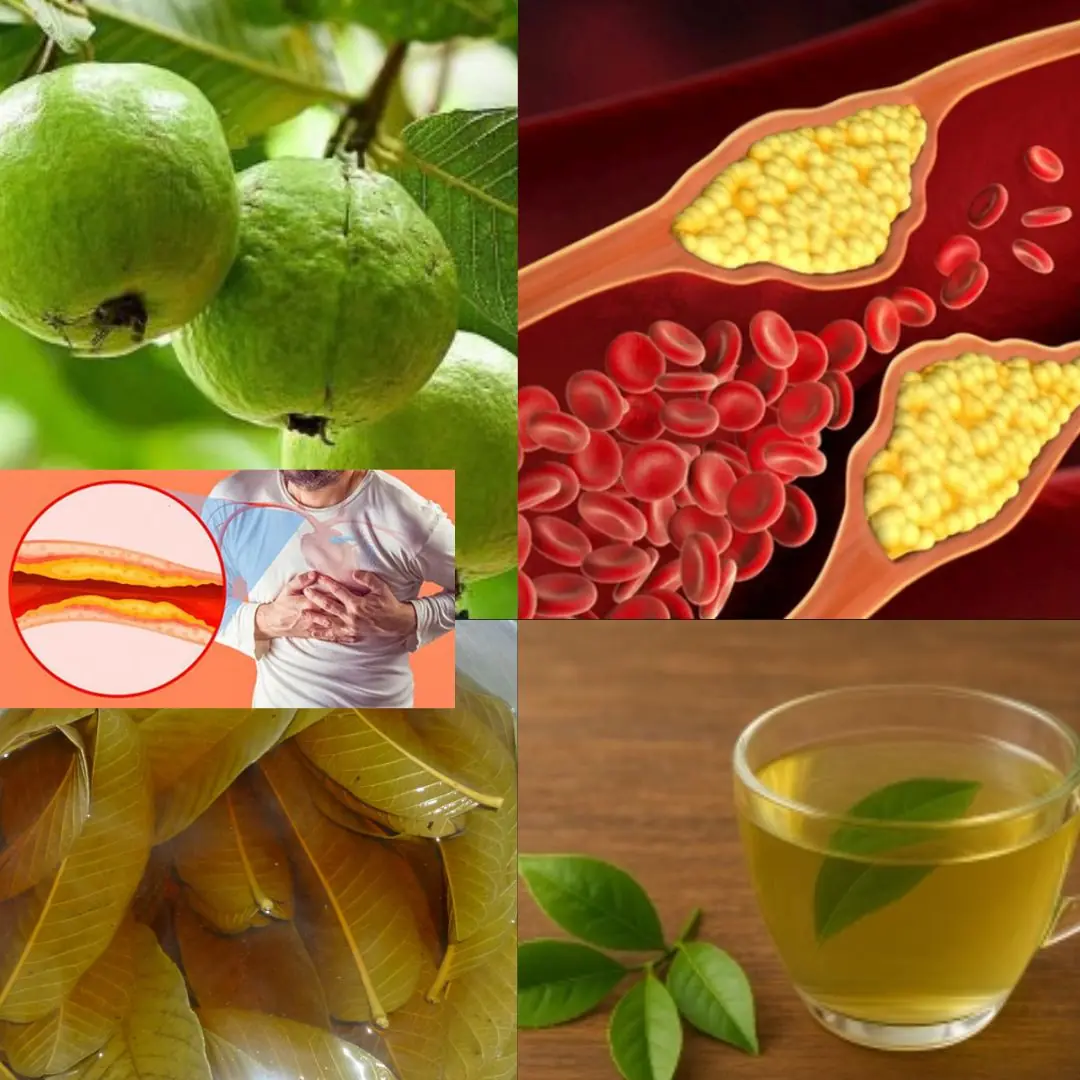
The Best Tea for Mornings and After Dinner: A Powerful Blend for Health

The Goldfish Alligator: A Florida Kid's Wild Attempt at Luring a Reptile

Benefits and Uses of Papaya Flowers Soaked in Honey

The Wiener Dog and the Bear: A Friendship Lost and Found in the Mountains

Papaya releases a milky sap, but most people don’t realize how important it is
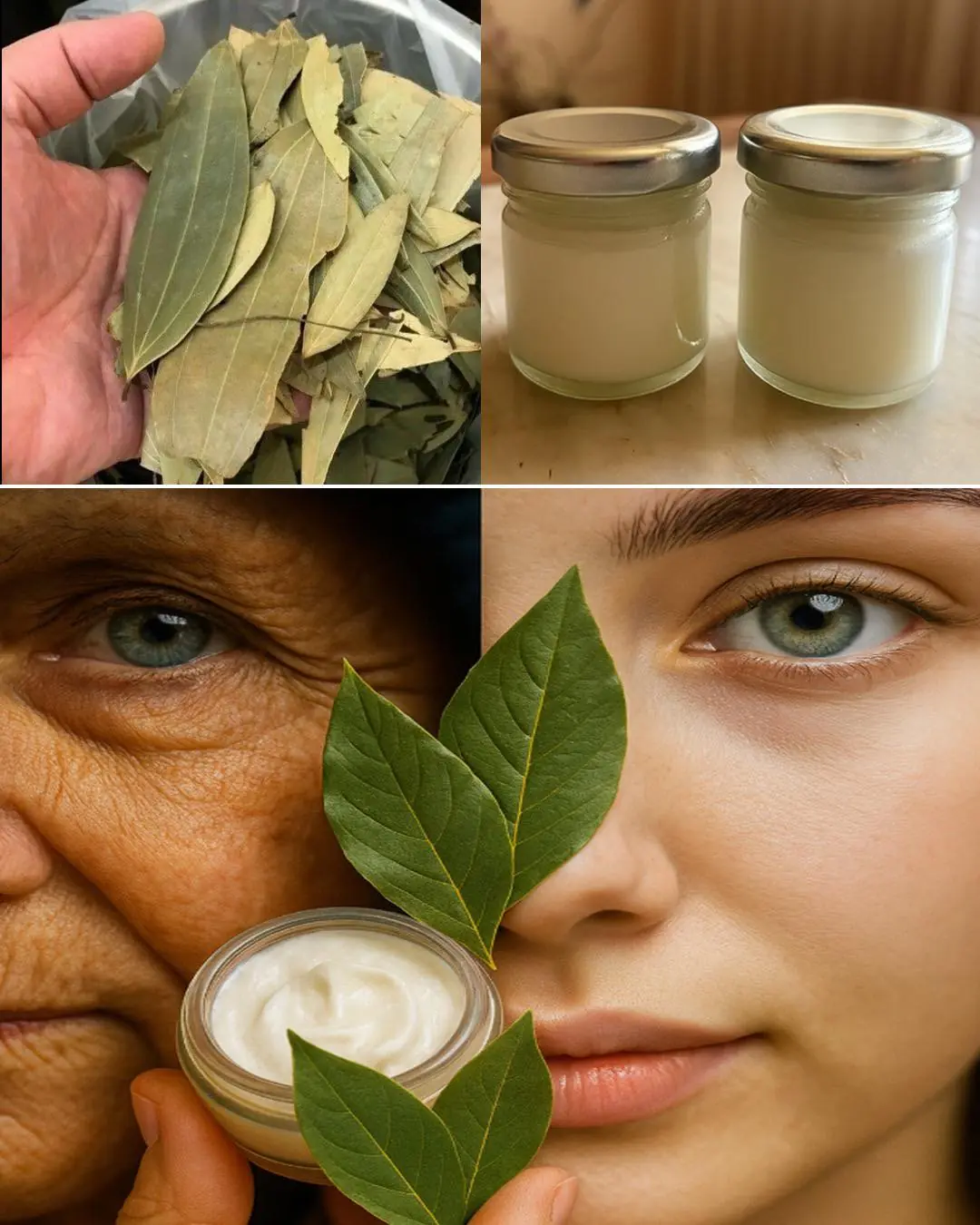
Bay Leaf – Nature’s Secret Against Wrinkles and Fine Lines

The Hidden Power of Garlic Bulbils: Nature’s Tiny Healing Pearls
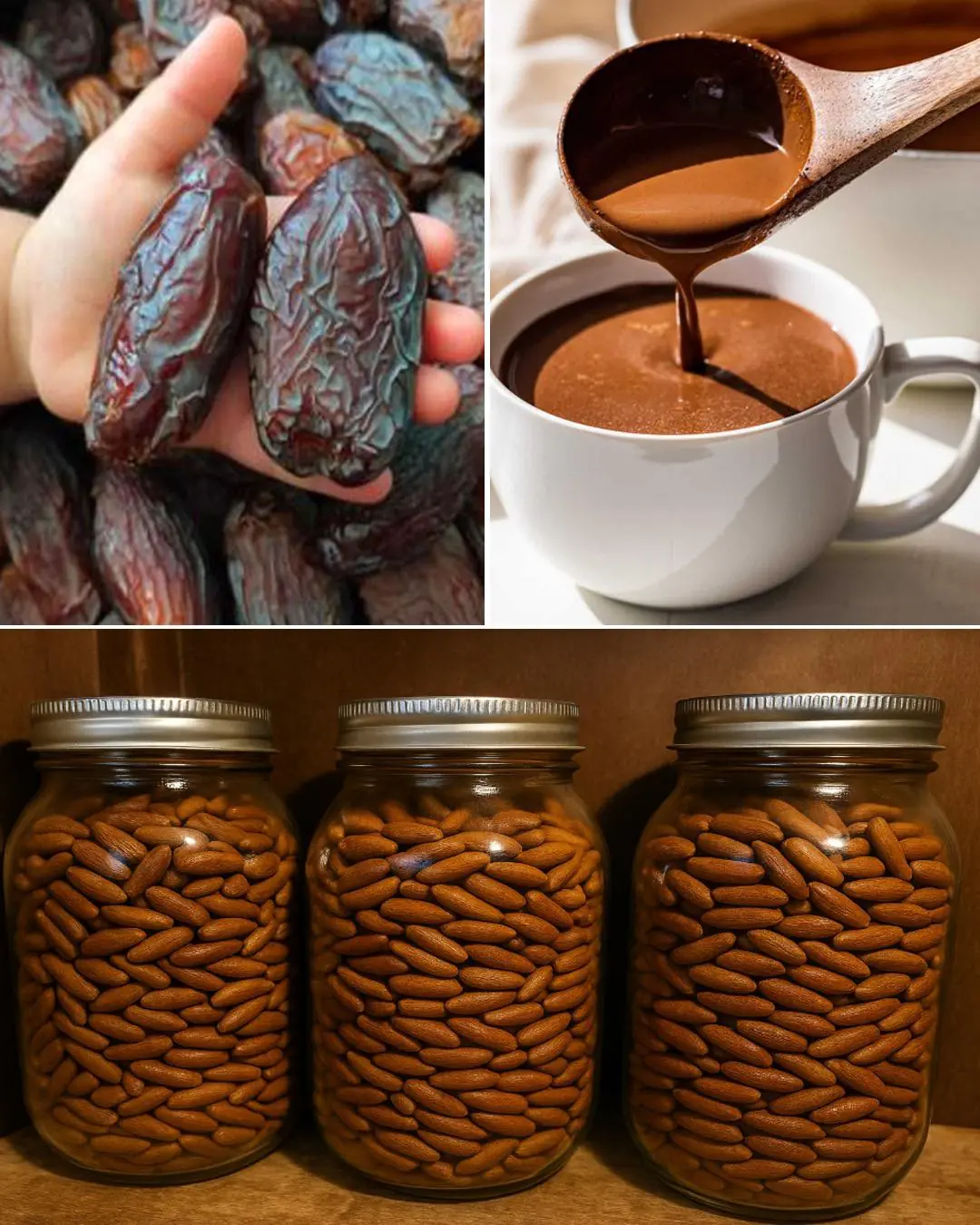
Date Seeds Benefits: The Superfood Ingredient with incredible health benefits

Unlock The Incredible Health Benefits of Garlic, Ginger and Lemon for Men
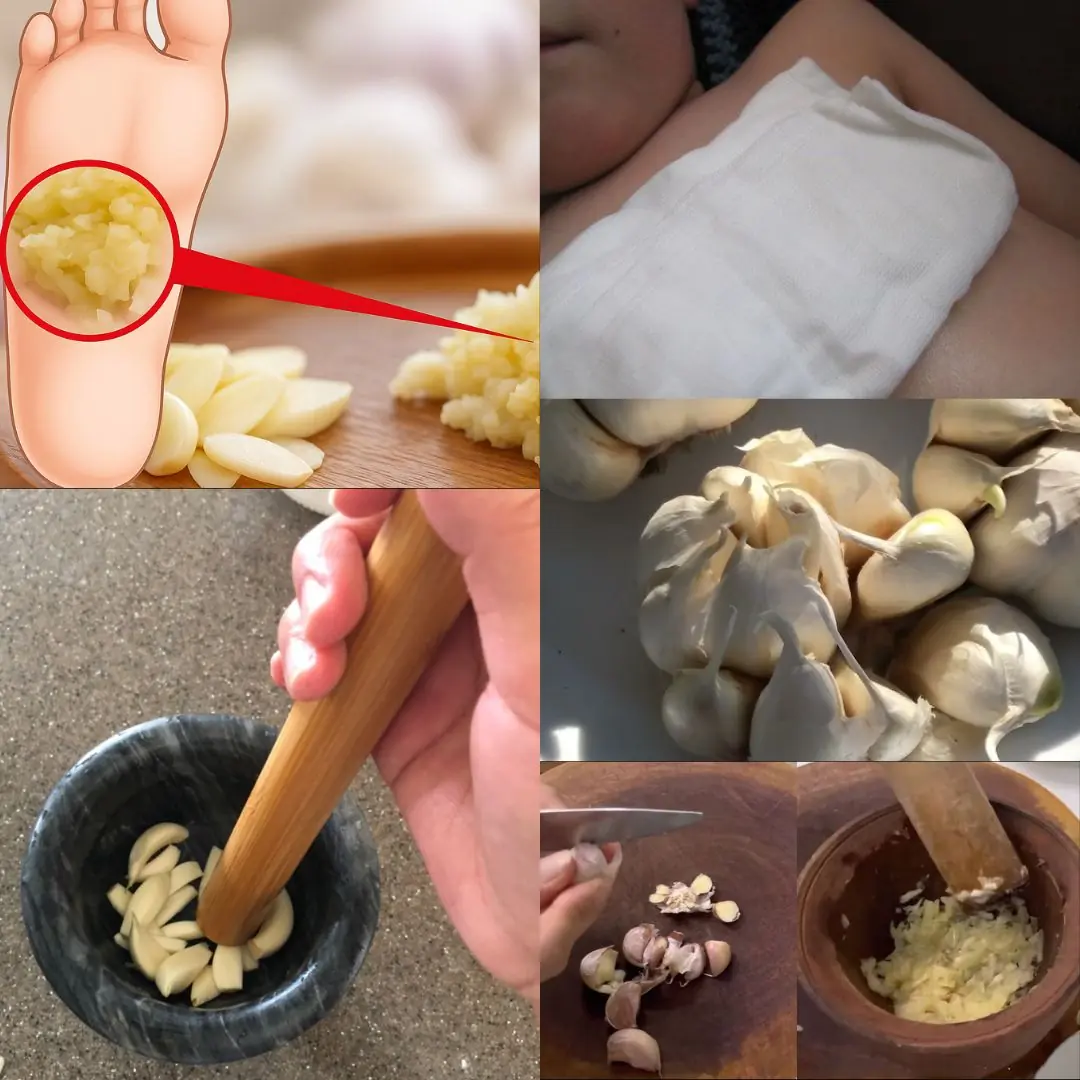
Garlic Poultice: A Powerful Remedy for Both Kids and Adults
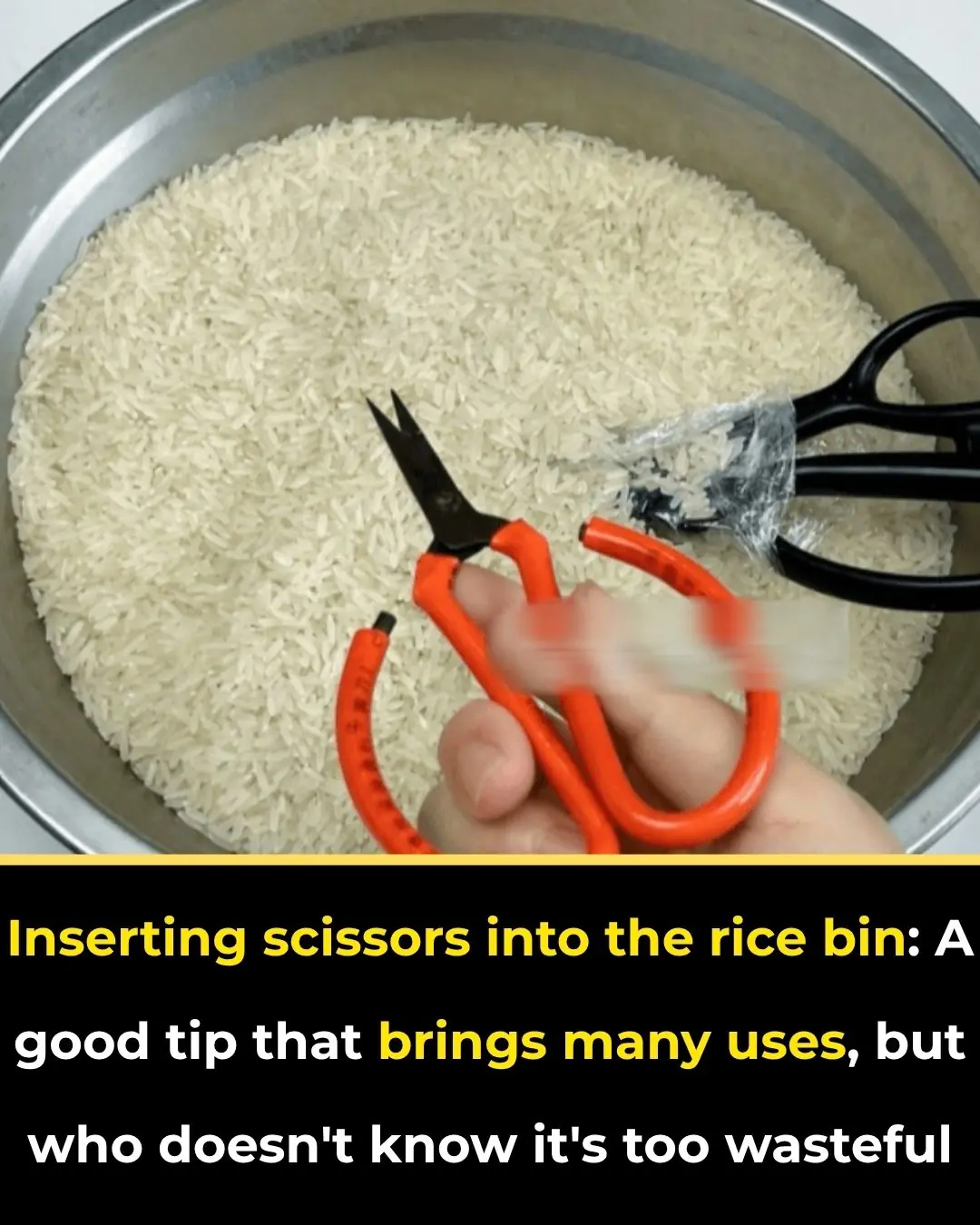
Inserting scissors into the rice bin: A good tip that brings many uses, but who doesn't know it's too wasteful
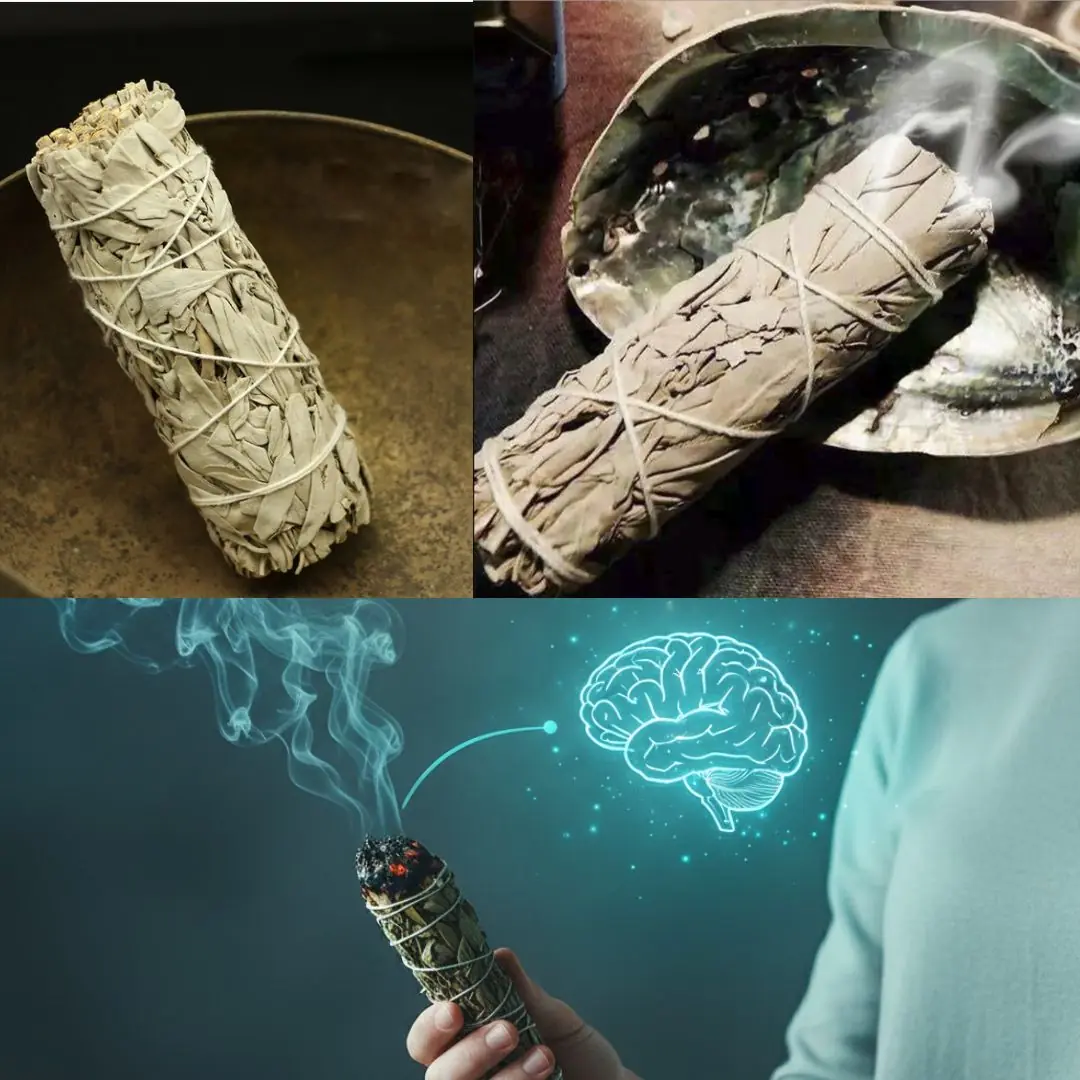
Burning Sage: What It Is, How to Do It, and Why It Might Help You

5 great foods that should not be stored in the refrigerator - the risk of aflatoxemia that causes cancer
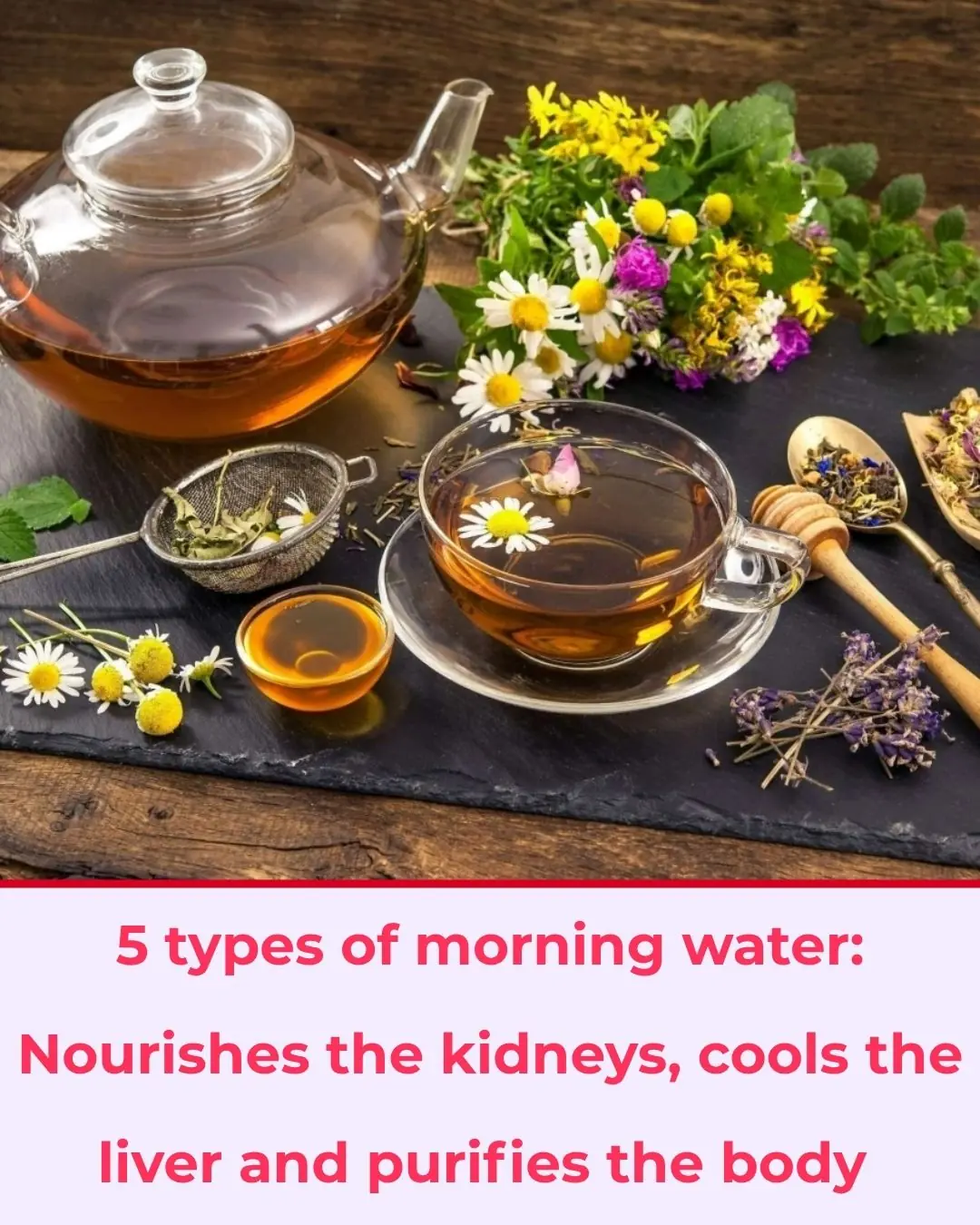
5 Morning Drinks to Boost Kidney Health, Cool the Liver, and Detoxify Your Body

A Simple Sponge Trick For The Fridge
